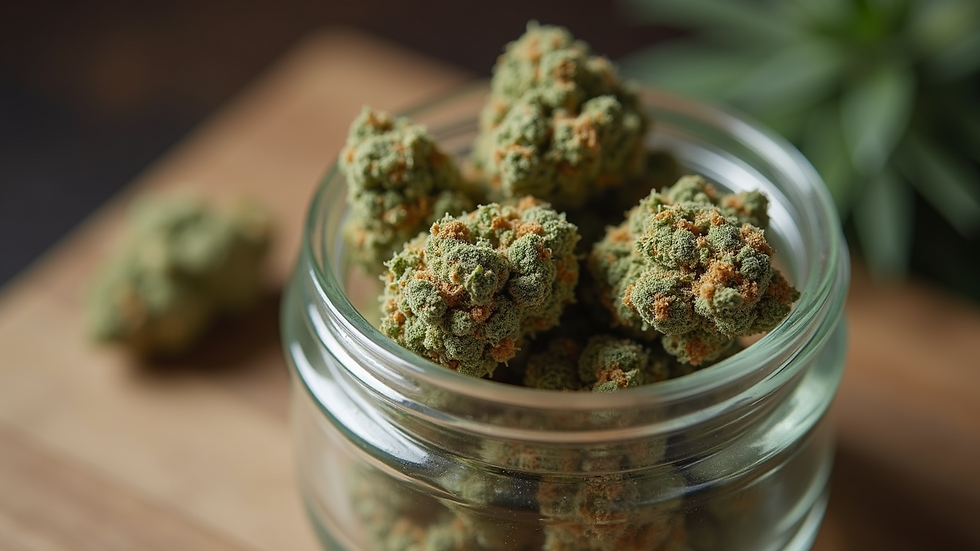Navigating State-Specific THCa Compliance Regulations
- Oyedokun Temidayo
- Oct 13
- 2 min read
THCa compliance requirements vary widely. I focus on clear, direct info. This helps you stay legal and safe. I break down key points. I explain what you must know. I share practical tips. This guide is for those who want premium, legal, exotic cannabis strains.
Understanding THCa Compliance Requirements
THCa is a non-psychoactive cannabinoid. It converts to THC when heated. Laws regulate THCa differently than THC. Compliance means following limits on THCa content, testing, and labeling. These rules protect consumers and businesses.
Key compliance points:
THCa limits vary by state.
Testing must be done by certified labs.
Labels must show THCa and THC levels.
Packaging must meet safety standards.
Ignoring these rules risks fines, product seizures, or license loss. I recommend checking your state’s official cannabis regulatory website regularly.

How to Meet THCa Compliance Requirements
Meeting requirements starts with knowing your product. Test early and often. Use labs that follow state rules. Keep detailed records of tests and batches.
Steps to compliance:
Test your product for THCa and THC.
Label accurately with test results.
Use compliant packaging that childproofs and protects.
Track inventory to ensure traceability.
Train staff on compliance procedures.
I suggest using software tools for tracking and reporting. This reduces errors and speeds audits.
What are the state regulations?
State regulations differ. Some states allow higher THCa levels. Others limit it strictly. Some require testing before sale. Others require testing after harvest.
For example:
California: THCa + THC must not exceed 0.3% for hemp products.
Colorado: Requires testing for all cannabis products, including THCa.
Oregon: Limits THCa in hemp to 0.3% dry weight.
New York: Has strict labeling and testing rules for THCa.
Always check the latest state-specific regulations for your area. These rules change often.

Common Compliance Challenges and Solutions
Challenges include:
Inconsistent testing results: Use accredited labs only.
Labeling errors: Double-check labels before printing.
Packaging issues: Use approved child-resistant containers.
Record-keeping lapses: Automate with compliance software.
Solutions:
Build relationships with reliable labs.
Train staff on compliance details.
Use templates for labels and packaging.
Schedule regular audits.
I recommend staying proactive. Compliance is ongoing, not one-time.
Staying Ahead in Compliance
Compliance is competitive advantage. Customers want legal, safe products. I focus on transparency and quality. This builds trust and loyalty.
Tips to stay ahead:
Monitor regulatory updates weekly.
Join industry groups for insights.
Invest in compliance technology.
Educate customers on product safety.
This approach supports growth and reputation.

Final Thoughts on THCa Compliance
THCa compliance is complex but manageable. Know your state rules. Test and label accurately. Use proper packaging. Keep records. Stay informed.
Following these steps helps you offer premium, legal, exotic cannabis strains. It supports RIP'D Nation’s goal to be the top online shop for quality cannabis with discreet delivery.
Compliance protects your business and customers. It’s essential for success.




Comments